Blog
Greenwashing in the sunscreen industry: What you need to know and how to avoid It

By Hanna Oltmanns - January 11, 2023
Every one of us has heard the term “Greenwashing” at least once. However, do we really know what it means and are we aware of its facets to not be fooled by smart marketing ourselves?
With a lack of regulation and clear terminology in the beauty industry, it can be quite a challenge to know what’s truly eco-friendly and what’s greenwashed. That’s why we’ve put together a simple overview for you to have a better understanding on the issue of greenwashing in the beauty industry. Plus we’ll give you some tips on how to choose brands that are truly committed to environmental and social responsibility, and not just paying lip service through clever marketing.
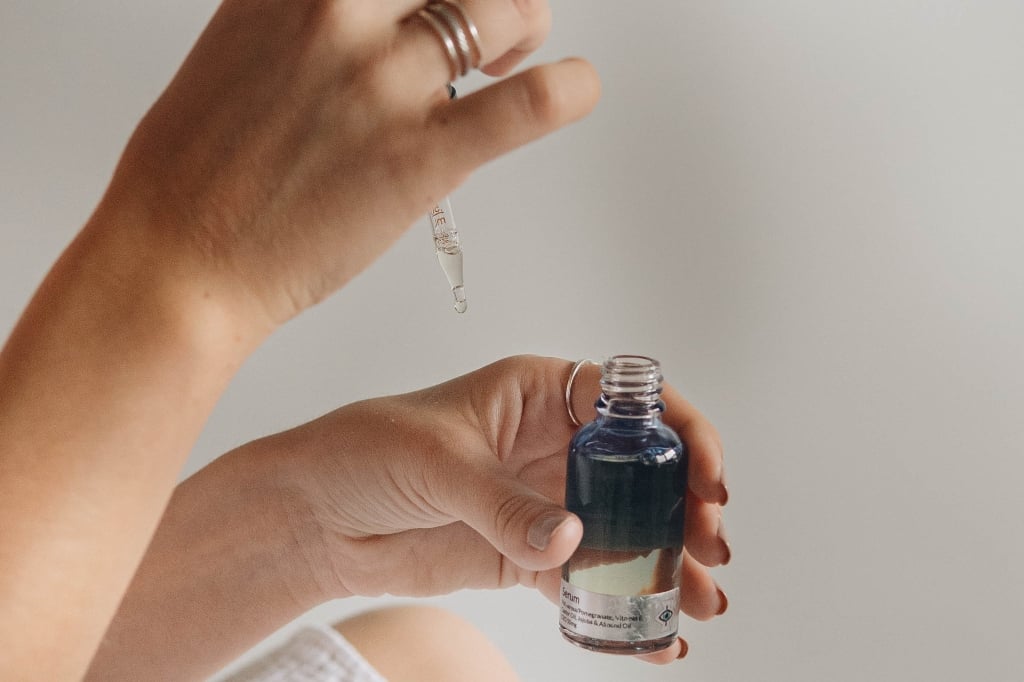
What is Greenwashing?
Greenwashing is designed to make people believe that a company is doing more to protect the environment than it really is. It’s dangerous and it is misleading as it lures customers into thinking they are helping the planet by choosing those products, when in fact they really are not. The term itself is a play on “whitewashing”, which means to use faulty information to gloss over bad behavior. Saying a product is green doesn’t make it green! Let’s be aware of this because it deceitfully takes advantage of information which is in favour of the company and quite literally at the expense of the customer!
Regulation gaps in the beauty industry raise the risk of greenwashing through misleading claims. This makes it more difficult for shoppers to easily distinguish between brands whose products are committed to environmental and social responsibility and those that only pay lip service through clever marketing. A recent international analysis carried out by the CMA (Competition & Markets Authority in the UK) found that as much as 40% of firm’s green claims could be misleading. This analysis strengthens the fact that we can’t always trust the claims companies make on their products!
The beauty industry is almost entirely unregulated. This is also true for the sunscreen industry and for the natural sector even more. It’s also being referred to as the “Wild West”. This makes it hard for consumers to trust a brand and it’s a serious issue for customer protection. Deceptive marketing parctices are putting people, the environment and the integrity of the whole industry at risk, so let’s take a look at how to find brands and products who put their money where their mouth is.
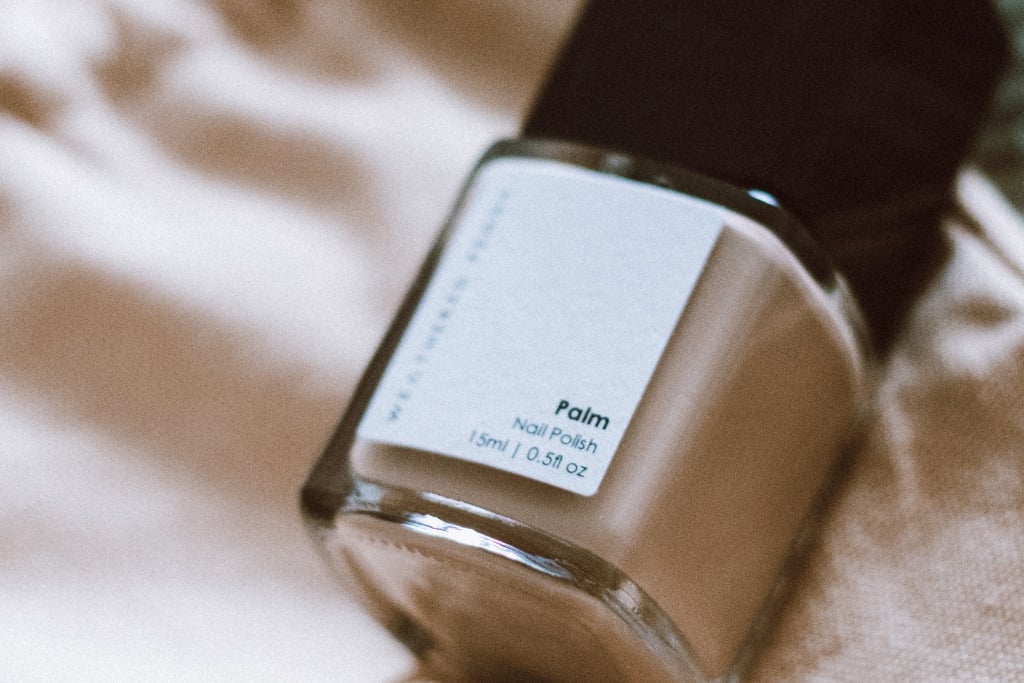
How to find Brands that do what they promise?
Be sure to take a look at the ingredient list of a product as a first indicator! Clean products usually have shorter ingredient lists as a general rule. If you have time to look up and assess a brand, a great place to start is their website. Companies with legit sustainability missions will tell you all about them. Companies without real missions will keep their statements short and usually full of empty promises. Transparency is always a great sign! If a company is transparent about both their products, where they are at in their sustainable development and where they want to be in the future, this is a great place to start building trust.
“Brand Transparency is a great start!”
Generally speaking, small businesses tend to be better and cleaner! You can avoid the hassle of investigating brand names by simply dropping big names in favour of smaller ones. Small companies are often more transparent about the supply chain for their ingredients, packaging and labor, plus you don’t have to worry about a big bad parent company somewhere.
“Look for small brands that are truly eco-friendly!”

How to know if a claim is true or not?
→ Look out for products with terms such as “eco-friendly” or “sustainable” without the brand supporting them with actual actions and evidence
→ Look out for earth-friendly colors on packaging and “conscious” or “sustainable” lines, admitting the rest of their products are none of it
→ Companies highlighting only one aspect of a product to include self invented labels such as “planet positive”
→ Ingredient lists stating components ending in “paraben” or “sulfate” even if the packaging says it has none.
Four of the most common ingredients in these categories are: Propylparaben, Methylparaben, Ethylparaben, and Sodium Laureth Sulfate. Keep these OFF your skin whenever possible!
→ Check if your skincare products are tested by a third party (e.g. EWG verified)
→ If you are unsure about a claim, you can always ask more questions! Get in touch with a brand’s customer support and share any concerns you might have.

How to Spot False Claims in the Sunscreen Industry?
→ Watch out for sun care products stating they are “protecting reefs”! This is a very vague claim without a lot of information to it. Rather look for a sunscreen that is “reef safe”.
→ Don’t fall for any sun care product without an SPF rating. Some companies offer formulas that “protect from the external environment”, but they don’t officially call it a sunscreen or have any SPF or water resistance rating on their product. Be sure to look for products that have passed appropriate tests and have certification!
→ Be aware of brands who claim that their products work 100% all the time. Such a claim is extremely dangerous and simply not true. An honest brand will be transparent about this and will educate their customers accordingly.
→ Always check the ingredient list of your sunscreen for potential harmful components. There is 11 ingredients which have been banned by several destinations worldwide but are still used in some sunscreen and skin care products. You can find a detailed list of those ingredients here: https://suntribesunscreen.com/11-toxic-sunscreen-ingredients-to-avoid-in-2022/
→ Google is your friend! It’s a great tool to use if you want to know more about a certain ingredient. The European Working Group (EWG) also offers great resources which will help you to check the safety of a product!
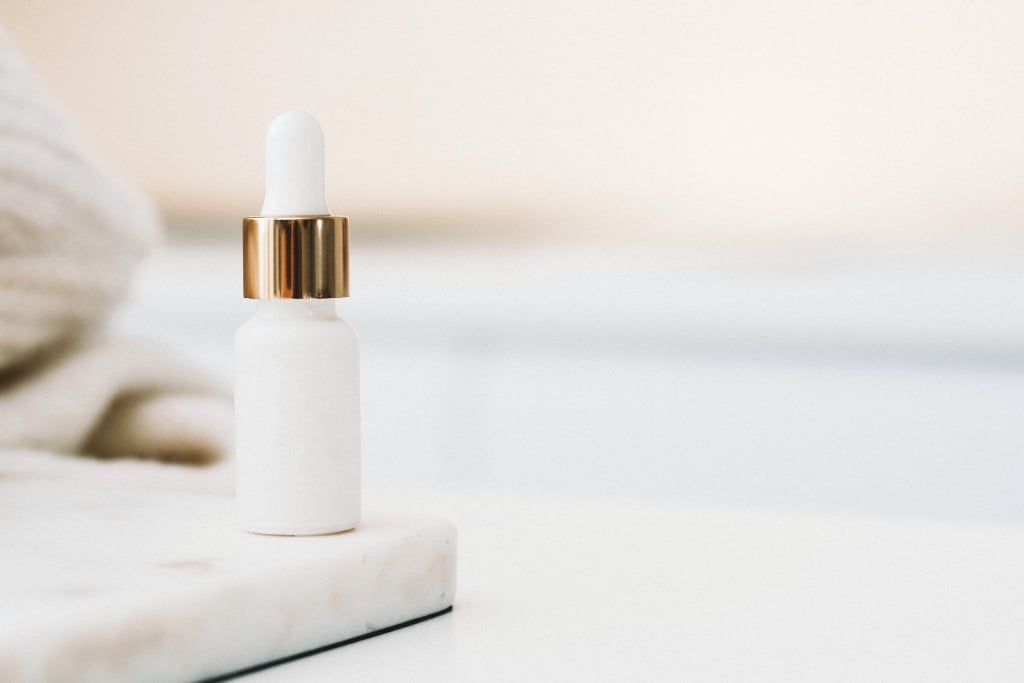
“In order to keep brands and businesses accountable, remember to trust actions, not words!”
– The Plastic Soup Foundation
Now that we’ve covered most of the greenwashing ground, let’s take a look at the difference between natural and organic. As the sunscreen industry is highly unregulated and there’s a lot of trending terms such as “natural” and “green”, it’s important that you have some basic understanding and have done your own research!
What does Organic mean?
Are you looking for organic beauty products, but not sure what the term means? Organic ingredients are natural products grown and processed without the use of artificial fertilizers, pesticides, herbicides, and synthetic chemicals. They should be free from parabens, sulfates, synthetic colors, and fragrances. Additionally, organic products and ingredients must be grown using sustainable land management practices.
However, not all products labeled as “organic” are truly organic. In fact, a product only needs to contain a small percentage of organic ingredients to be labeled as such. To ensure you are purchasing a truly organic product, check the percentage of organic ingredients listed on the product. At Suntribe, all of our products contain between 60-100% organic ingredients.
In addition to organic, you may also see the term “natural” on beauty products. Natural ingredients are of natural origin and free from synthetic chemicals and GMOs. However, some natural ingredients may undergo heavy processing. At Suntribe, we use cold-pressed, unrefined oils to preserve the natural properties of our ingredients.

What does Natural mean?
There is no official definition what “natural” or “organic” means – these claims are not regulated. Many companies claim that their products are natural, while still using synthetic chemicals.
There are certain certification bodies such as COSMOS and EcoCert that apply criteria for natural and organic products, mostly referring to the percentage of natural and organic ingredients contained in the product.
An organic percentage of as little or 10 or 20% can be sufficient to achieve the COSMOS Organic label. Therefore we at Suntribe apply an even stricter policy ourselves: our products contain a minimum of 60% organic ingredients.
When shopping for natural or organic beauty products, it’s important to research the brand and check the ingredient list. Smaller companies may not hold an official organic label, but still meet organic qualifications.
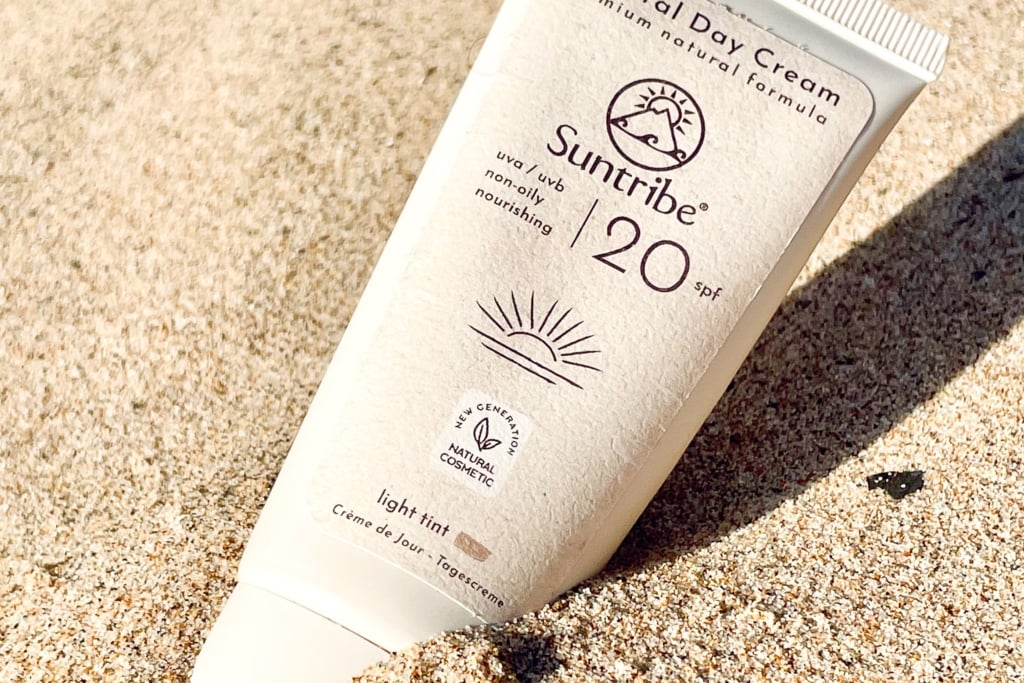
At Suntribe, we use only certified, high-quality ingredients sourced from the closest geographical location to our European production side. Our organic ingredients are certified by COSMOS Organic and all of our products are 100% natural, with several even being 100% organic. To learn more about our production, ingredients, and product development, visit our Transparency site.
Want to continue reading?
about the author
Hej, I’m Hanna. I love the outdoors and I am the first one to enjoy every beam of sunshine possible. Through traveling several countries over the past few years, I have become more and more aware of the great need for sustainability in every aspect of our daily life. Through working with Suntribe I am joining the movement of sustainable production of organic cosmetic and help to raise awareness about the issue of harmful chemicals in personal care products for humans and nature alike.

By Karl Roos - April 2, 2025
"Properly applied SPF 50 sunscreen blocks 98 percent of UVB rays, while an SPF 30 sunscreen blocks 97 percent of sunburn rays – the difference being one percentage point."
The truth about SPF
SPF stands for Sun Protection Factor. In theory, an SPF 50 sunscreen would allow users to stay out in the sun fifty times longer than they normally could without sunscreen, while SPF 30 would imply that users can stay out thirty times longer before getting sunburned. But for high SPF sunscreens, theory and reality are two different things.
People often assume that they are given almost twice the amount of protection by applying an SPF 50 sunscreen compared to one that has SPF 30. This is not true, since the extra protection offered by a higher SPF value is negligible after SPF 15. Properly applied SPF 50 sunscreen blocks 98 percent of UVB rays, while an SPF 30 sunscreen blocks 97 percent of sunburn rays – the difference being one percentage point.
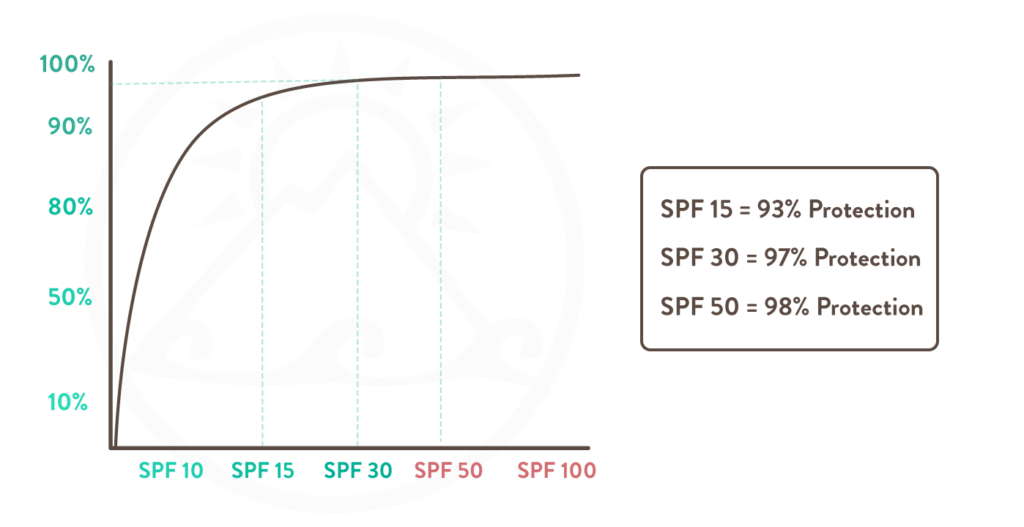
What is the problem with high SPF sunscreens?
Stating a high SPF number on a sunscreen can result in people having a false sense of security. So, let’s dive into some of the research that has been conducted on the topic.
An SPF test conducted by Procter and Gamble illustrates the problem of high SPF. They sent a competitor’s SPF 100 sunscreen to five different laboratories for testing, saying that the expected SPF should be between SPF 20 and SPF 100. It turned out that the SPF results varied between SPF 37 and SPF 75 (interestingly the sunscreen was not tested as SPF 100 at any of the labs).
In the next step the same five labs received another sunscreen while being told that the expected SPF was 80. Three labs returned with results that were close to SPF 80. The other two labs confirmed an SPF of 54 and 70 respectively.
The explanation was that minuscule differences in testing conditions can dramatically change the result. For instance, a 1.7% change in light transmission can result in a measured SPF of 37 instead of 100, and small variations in the amount of sunscreen applied can result in similar discrepancies between test results. Because the SPF scale is non-linear, the fluctuation in test results become higher the higher the SPF.
The Environmental Working Group (EWG) has conducted their own tests and confirmed the limited reliability of SPF tests. According to the EWG, most sunscreens that they tested themselves only offered 42 to 59% of the claimed SPF.
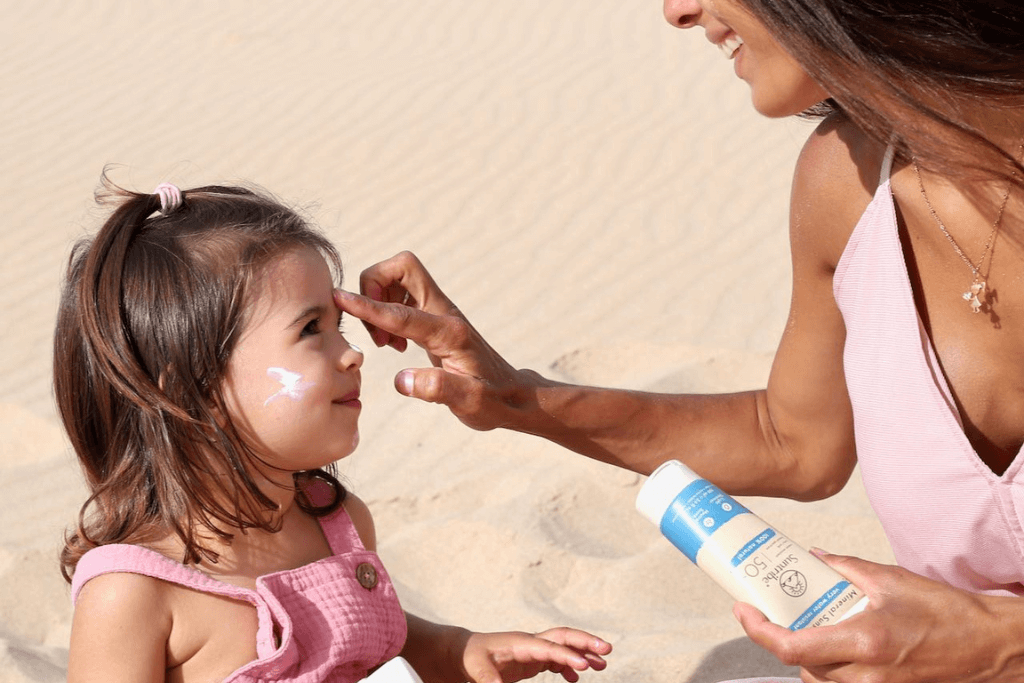
How the SPF test works
In vivo SPF tests are conducted with human test subjects. To determine the SPF they literally apply the sunscreen on 10 different subjects with different skin types and then evaluate after which amount of time the skin gets burned. The test is therefore naturally prone to error.
In 2019, the ISO test specifications were updated to be able to guarantee standardized results with a higher likelihood:
⇒ The sunscreen has to be applied in drops (at least 15 drops per 30 square centimeters)
⇒ The drops have to be spread circularly and then up and down and then side to side
⇒ The process of spreading the sunscreen on the skin has to be 30 to 40 seconds
⇒ Through the whole process the gloved finger shouldn’t leave the skin
⇒ The people who decide if the skin is burnt or not have to have their colour vision checked (it’s recommended that they get rechecked every year)
⇒ Instead of having an expert classify the skin colour, this is measured by a machine; there’s a limit on the specific skin colours of volunteers and the average has to be within a certain limit
⇒ The lamps that are used in UV testing shine a circle of UV onto the skin
⇒ they have to give out the same amount of UV a consistent amount over the area of the circle
Since the tests are conducted on human subjects by human lab assistants, a certain margin of error remains. For example the person applying the sunscreen is supposed to apply “light pressure”. This is impossible to standardize.
Several companies and organisation have therefore suggested banning high-SPF sunscreens, and suggested more reliable testing methods that don’t involve human test subjects.
What is the difference between UVB and UVA rays and why does it matter?
A product’s actual sun protection is determined by its ability to protect you from both UVB and UVA rays. UVB rays make you tanned, and too much exposure to them has been correlated to the emergence of skin cancer. UVA rays suppress the immune system, lead to the creation of harmful free radicals in the skin, and exposure to them may also lead to skin cancer. Unlike UVB rays, UVA rays do not make you tanned or redden your skin. Therefore, it is impossible to know whether you have been exposed to a risky amount of UVA rays.
Zinc Oxide – the compound used in Suntribe’s sunscreen – is a mineral UV filter that offers natural protection against both UVA and UVB rays.
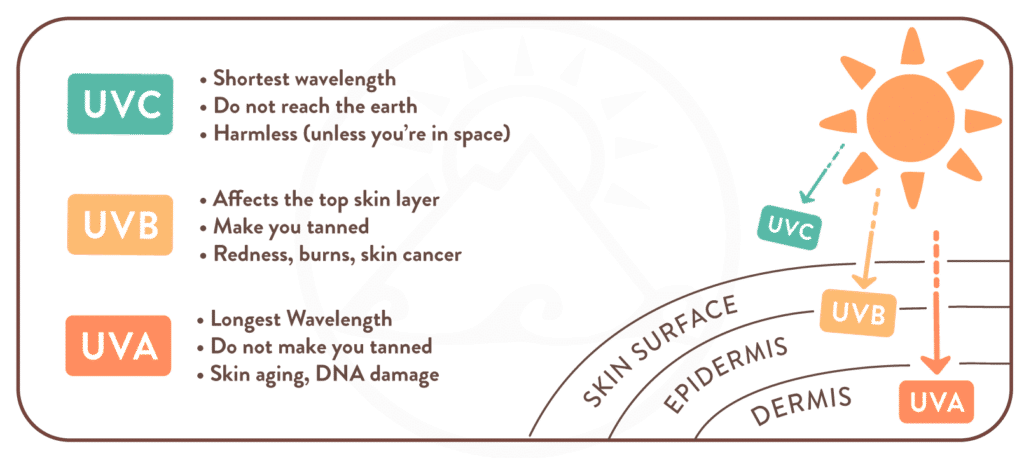
What is the problem with high SPF sunscreens and UVA protection?
One of the lesser-known issues with high SPF sunscreens is their poor performance when it comes to UVA protection. SPF values only reflect protection against UVB rays—the ones that cause visible sunburn. UVA rays, on the other hand, don’t leave a trace on the skin until long after the damage is done. They penetrate deeper, accelerating skin aging, triggering oxidative stress, and contributing to the development of skin cancer.
What makes this especially concerning is that studies have shown many high SPF sunscreens fall short on UVA protection—some providing only a quarter of the UVA coverage needed in relation to their labeled SPF. This means you could be shielding your skin from burns while still exposing yourself to long-term, invisible harm.
Even worse, the sense of security offered by these products often leads to riskier sun behavior: people stay out longer, apply less product, and forget to reapply, all while assuming they’re getting maximum protection. Additionally, to meet the demands of higher SPF labels, manufacturers must rely on larger amounts of chemical UV filters—often in complex combinations.
Health risks associated with high SPF sunscreens
High SPF products may come with significant health risks, since the concentration of UV-filtering chemicals is much higher than in products with lower SPF values. The higher the SPF, the more likely it is that your sunscreen contains chemical UV-filters.
This increases the likelihood of skin irritation, allergic reactions, and systemic absorption. Ingredients like oxybenzone and octinoxate, commonly used in SPF 50+ products, have been detected in the bloodstream long after use and are known for potential hormone-disrupting effects and tissue damage. Therefore it makes a whole lot of sense to always check the safety of the UV-filters and other ingredients used, and consider SPF 20 and SPF 30 sunscreens as alternatives. You don’t necessarily need an SPF 50 sunscreen.

High SPF sunscreens and the environment
Since an SPF value above 30 requires the use of additional, potentially harmful ingredients, they can also be a threat to the environment.
When sunscreen is applied and you go swimming in the ocean or you take a shower, it washes off your skin and ends up in your surroundings. This for example could be coral reefs, on your summer vacation at the beach, threatening their health by bleaching their tissue and endangering the integrity of ocean life. Keep in mind that waste water ends up in the environment also and therefore the chemicals within.
In this context, high SPF sunscreens may do more harm than good—both to you and the planet.
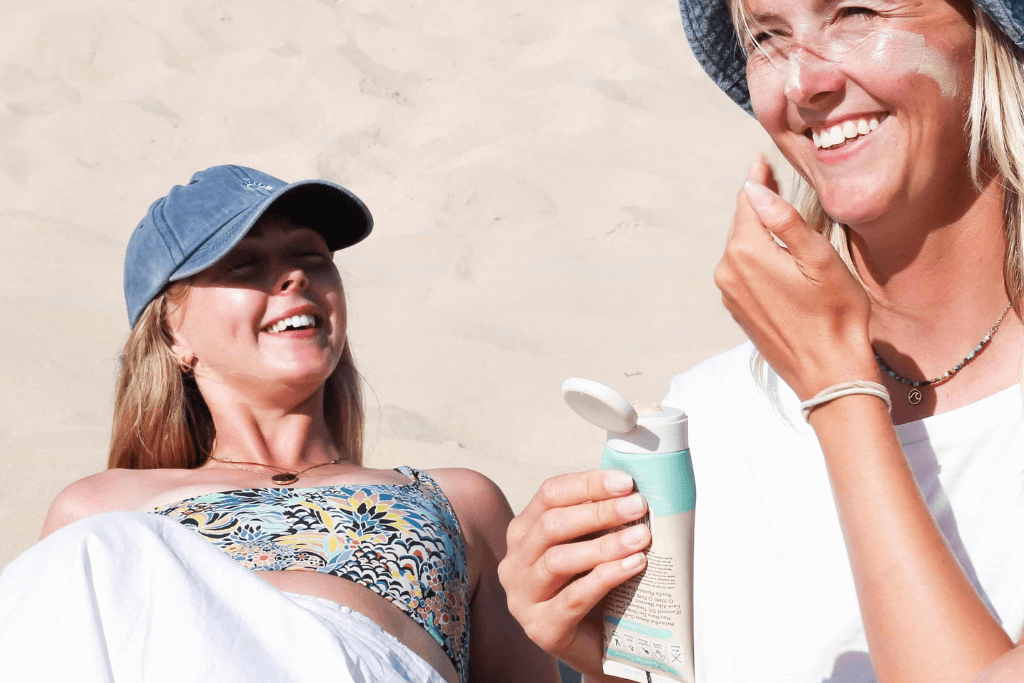
The future of SPF
As a final case in point, it is worth mentioning that the EWG – a non-profit environmental research organisation specialising in sunscreen products – are of the opinion that manufacturers should stop selling high SPF products altogether. Australian authorities have already put a cap on SPF values at 30, and European and Japanese regulators at 50. Even though such policy decisions have not yet been implemented in the USA, the FDA is currently working towards implementing similar caps.
For these reasons, we at Suntribe currently offer mostly SPF 20 and SPF 30 sunscreens with natural, mineral UV-filters. Our sunscreens are a lovely mix of mineral UV-blockers and organic oils, butters and waxes to grant you a smooth consistency, water resistance, protection from 94 to 97% of all UVB rays, plus superb protection from UVA rays.
As the latest addition to our portfolio we do now also offer our very first mineral-only SPF 50 sunscreen. Of course we still only use natural ingredients and an innovative combination of Pongamia Glabra Seed Oil and Non-Nano mineral UV-filters to reduce the whitening effect. Plus, our Zinc Sun Stick range is now also available in SPF 50 — and in line with our promise of offering worry-free, organic sunscreens, it still contains only 3–4 ingredients and uses Non-Nano Zinc Oxide as the only mineral UV-filter If you still want SPF 50 after reading this article, we highly recommend going for one of our SPF 50 sunscreens!
Want to continue reading?





